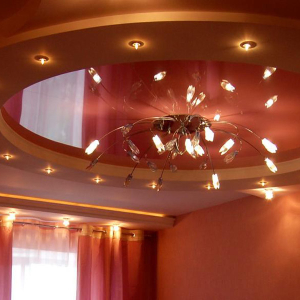People try to save resources if possible. This savings and energy did not go around. More and more consumers get rid of incandescent lamps and replace them with energy -saving. These lamps have advantages and disadvantages. Let's say many people have encountered a problem such as flashing a light bulb after a certain period of time when the switch is turned off. There may be several reasons, and we will try to consider the main ones.
First, we will superficially analyze the device of an energy -saving lamp (so that it is clear to those who are very far from the electrician). The lamp consists of tubes and a board that makes these tubes glow. It has a diode bridge and a network filter, because the lamp works from direct current, and we have a variable on the network. The network filter device includes a capacitor. On this, we finish the device of the lighting source, since all the problems with flashing are concluded in this capacitor.You can solve this problem like this:
- Replace the backlit switches with simple. In the off position, the contact will be interrupted, and the current will not be submitted to the lamp, respectively and the lamp will stop blinking.
- If you have a lamp with several bulbs, then replace one with a low -power incandescent lamp. 25 watts is enough. The current passing through the backlight will go to heating the filament threads, and the capacitor of the network filter will not be charged.
- If the lamp is on one lamp, then in parallel it can turn on the resistance. It can be mounted directly in the lamp itself or in the camshaft, connecting parallel to the wire going to the lamp. The resistance should be 50 kOhm at a power of 2 watts.


Try to get rid of the blinking of an economical lamp, because this defect significantly reduces its life.































